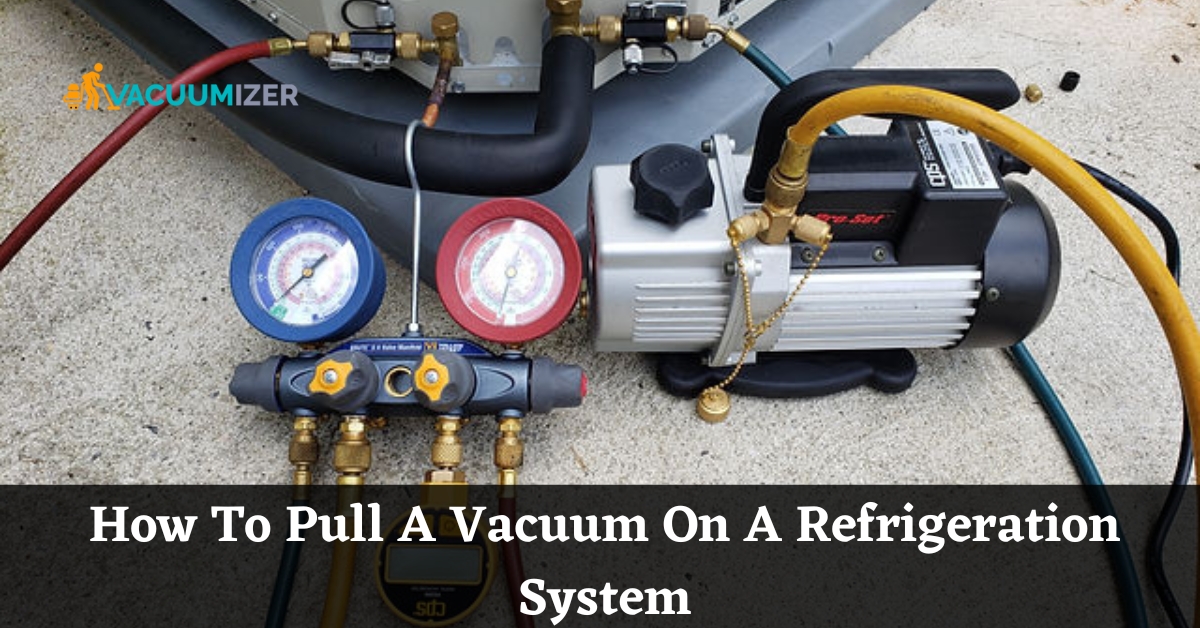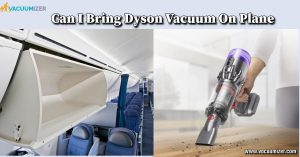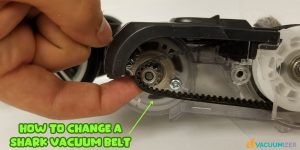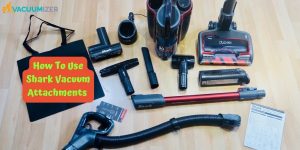Welcome to our comprehensive guide on “How to Pull a Vacuum on a Refrigeration System”. If you’re looking to ensure your refrigeration system operates at its peak efficiency. Then vacuuming the system is a crucial step in the process.
A vacuum is essential to remove any air, moisture, and other contaminants. From the refrigeration system before charging it with refrigerant. Skipping this step can result in poor cooling performance. Also reduced the lifespan of the system. and higher energy bills.
In this blog post, we’ll cover all the steps you need to follow to in the correct way. To pull a vacuum on your refrigeration system. From understanding the vacuum pump to connecting hoses. And setting up the manifold gauge. And conducting a proper leak test, we’ve got you covered.
Whether you’re a DIY enthusiast or an HVAC technician. This guide is designed to provide you with all the necessary information. To perform a professional vacuum on a refrigeration system. So, let’s dive in!
Table of Contents
WHAT EXACTLY IS EVACUATION?
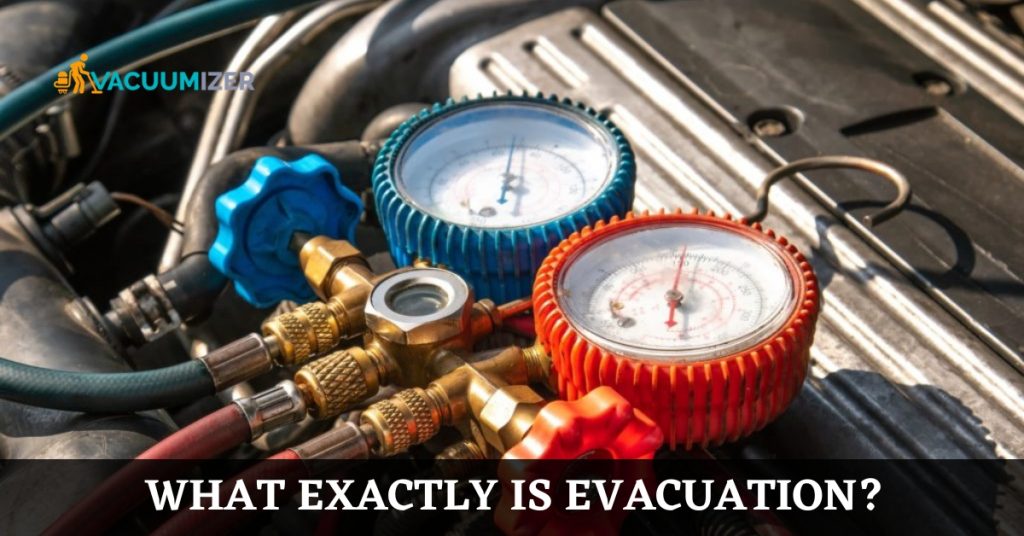
Evacuation is the process of removing all air and moisture from a refrigerator. It’s necessary to reduce moisture. Because it can combine with refrigerant. And create acid that corrodes the compressor and other system components. Air, but, can cause line restrictions, leading to inefficient system performance.
PURPOSE OF EVACUATION
The primary purpose of pulling a vacuum on a refrigeration system is to create a clean vacuum. Also dry, and tight system. That should run in an efficient way. It ensures that the refrigerant is free from contaminants. And the system runs at optimal performance levels.
DON’T USE A CHARGING MANIFOLD
One common mistake people make. When pulling a vacuum on a refrigeration system is using a charging manifold. Instead of a dedicated vacuum manifold. A charging manifold is not designed to handle the deep vacuum requirements of an HVAC system. It can allow air and moisture into the system, leading to premature failure.
BARRIERS
The first step in achieving a proper vacuum is to create barriers between the vacuum pump. Also with the HVAC system. This means using dedicated vacuum hoses that are short. Large in diameter, and rated for deep vacuums. It’s also essential to use a core removal tool to remove valve cores and allow for faster evacuation.
TEST YOUR GEAR
It’s crucial to test all your equipment. Before starting the vacuum process ensure they are working in a proper way. This includes your vacuum pump, vacuum gauge, and vacuum hoses.
CUT SMALL LEAK POINTS
Small leak points, such as fittings and valve cores, can allow air and moisture into the system. So, it’s essential to reduce all leak points before starting the vacuum process. You can use thread sealant, Teflon tape, or copper sealing washers to achieve a proper seal.
USING DEDICATED VACUUM HOSES
Using dedicated vacuum hoses is crucial in achieving a deep vacuum. Shorter, larger diameter hoses with minimal bends, are recommended. Vacuum hoses that are too long, have too many bends. Or are too narrow can restrict airflow, and reduce vacuum pressure. And increase evacuation time.
PLACE THE MICRON GAUGE
It’s essential to place a micron gauge as close to the system. As possible to get an accurate measurement of the vacuum level. Placing it at the vacuum pump is not ideal. Because it doesn’t provide an accurate reading of the vacuum level in the system.
PERFORM STANDING “DECAY” TEST
After achieving the desired vacuum level. let the system stand for 20-30 minutes to perform a standing “decay” test. This test helps determine if the system is leaking. As it should maintain the same vacuum level throughout the test. If the vacuum level drops, it means there is a leak in the system that needs to be identified and fixed.
NITROGEN AND TRIPLE EVAC
If the system has a significant amount of moisture, triple evacuation is recommended. This means pulling a vacuum three times to ensure all moisture is removed. Additionally, nitrogen can be used to help push out moisture. And a dry nitrogen charge can be used to keep the system dry before charging with refrigerant.
COMMON MYTHS
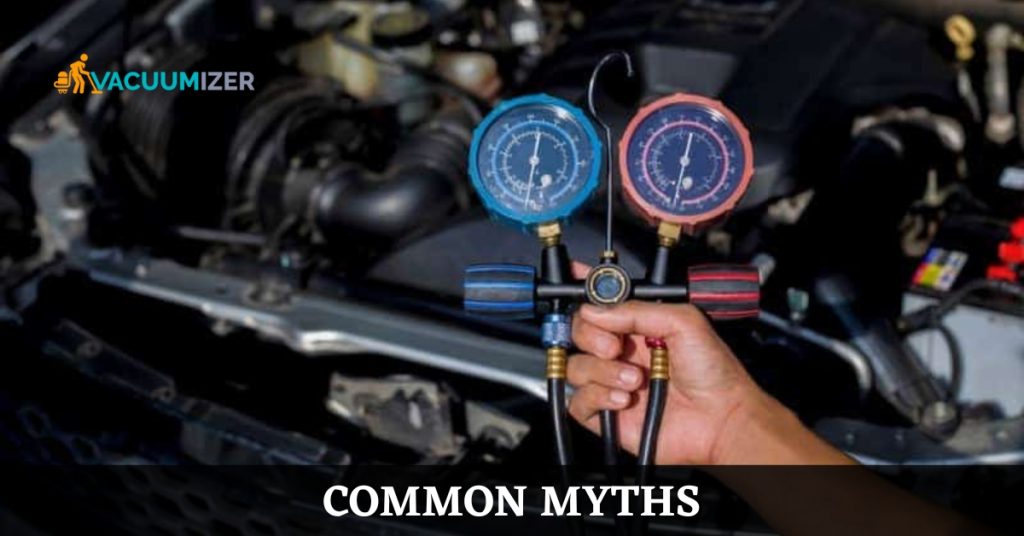
There are several myths surrounding the vacuum process. They are:
Using Dedicated Vacuum Hoses
One important step is pulling a vacuum on a refrigeration system. Is to use dedicated vacuum hoses. These hoses are designed for vacuum use. And are rated for high vacuum levels. They also have a low refrigerant permeation rate. That means that they will not leak refrigerant into the system as it is being evacuated.
Place the Micron Gauge
It is important to place the micron gauge as close to the system as possible. Right at the service valve. This will ensure that you are measuring the vacuum level inside the system. Not in the vacuum pump itself.
Perform Standing “Decay” Test
Once you have achieved the desired vacuum level. It is important to perform a standing “decay” test. This involves closing off the system from the vacuum pump. And monitoring the vacuum level over time. If the vacuum level drops over a short period of time. This can show that there is a leak in the system that needs to be addressed.
Nitrogen and Triple Evac
Some technicians recommend using nitrogen to help evacuate the system. While others recommend performing a triple evac. In a triple evac, the system is evacuated three times. With each evacuation lasting about 30 minutes. This can help to ensure that all moisture is. And non-condensable gases are removed from the system.
Three Common Myths
There are a few common myths about pulling a vacuum on a refrigeration system. That should be dispelled. One is that you should pull a vacuum for as long as possible to ensure that all moisture is removed. In reality, the length of time required will depend on the size of the system and the level of moisture present. Another myth is that you should use a vacuum pump with a higher CFM rating to evacuate the system faster. While a higher CFM rating can be helpful, it is not the most important factor to consider. Some technicians believe that you should use a charging manifold to pull a vacuum. But, this can lead to refrigerant leaks and is not recommended.
Some Other Important Tips
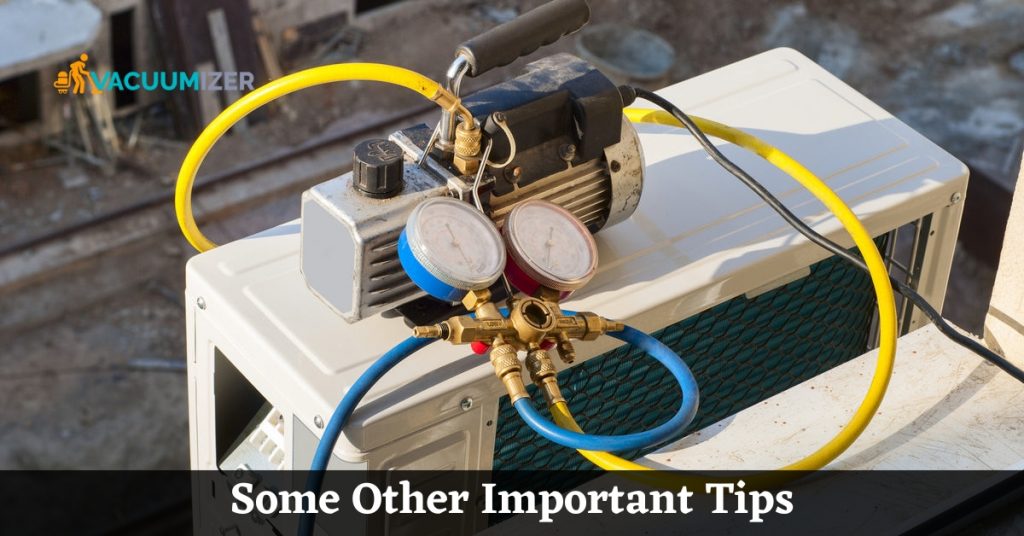
Besides the steps outlined above. There are a few other important tips to keep in mind when pulling a vacuum on a refrigeration system:
Use a high-quality vacuum pump
The quality of your vacuum pump will have a significant impact. Especially on the efficiency and effectiveness of your evacuation process. Invest in a high-quality vacuum pump with a good CFM rating for optimal results. It can be used for a pool vacuum.
Keep your hoses clean
Dirty hoses can contaminate your system and reduce the effectiveness of your evacuation. Keep your hoses clean and free of debris by blowing them out with dry nitrogen before use.
Use a micron gauge
A micron gauge is a valuable tool for measuring the level of vacuum in your system. Use a high-accuracy digital micron gauge. It will help to ensure you achieve the necessary level of vacuum. Especially for your particular system.
Allow time for the system to stabilize
After you’ve achieved the desired level of vacuum. Allow your system to stabilize for at least 20-30 minutes. Before shutting down your equipment. This will help to ensure any remaining moisture is removed from the system.
By following these tips outlined in the previous sections. You’ll be able to pull a vacuum on a refrigeration system in a proper way. Remember to always rank safety and take your time to ensure a job is well done.
FAQs
Q: What is vacuum pulling in a refrigeration system?
A: Vacuum pulling is the process of removing all air. And humidity from a refrigeration system using a vacuum pump. This ensures that the system is clean. Also free of contaminants before refrigerant is added.
Q: Why is it important to pull a vacuum on a refrigeration system?
A: Pulling a vacuum on a refrigeration system is important for several reasons. It removes all air and moisture. That can cause corrosion and ice buildup. Also other problems. It also ensures that the refrigerant will flow in a smooth way. Through the system, the system will operate in an efficient way.
Q: What equipment do I need to pull a vacuum on a refrigeration system?
A: You will need a vacuum pump, a set of gauges, and a vacuum-rated hose. And a vacuum-rated container to store the refrigerant. You may also need a vacuum gauge. And a micron gauge to check the vacuum level.
Q: How long should I pull a vacuum on a refrigeration system?
A: The length of time you should pull a vacuum on a refrigeration system depends on the size of the system. And the amount of moisture present. As a general rule, you should pull a vacuum for at least 30 minutes. But it may take longer for larger systems or systems with more moisture.
Q: What is the proper vacuum level for a refrigeration system?
A: The proper vacuum level for a refrigeration system is between 500 and 1,000 microns. But, this may vary depending on the manufacturer’s specifications. Also the type of refrigerant being used.
Q: Can I pull a vacuum on a refrigeration system myself, or do I need to hire a professional?
A: It is possible to pull a vacuum on a refrigeration system yourself. If you have the proper instrument and also knowledge. Or have a lack of experience. It may be safer to hire a professional. To ensure that the job is done in a proper way.
Q: What are some common mistakes to avoid when pulling a vacuum on a refrigeration system?
A: Some common mistakes to avoid when pulling a vacuum on a refrigeration system. Include using a vacuum pump that is too small. Or not rated for refrigeration systems. Failing to use a vacuum-rated hose and container. And failing to check the vacuum level with a gauge. It is also important to evacuate the system before adding refrigerant in the proper way.
How to Pull a Vacuum on a Refrigeration System
Conclusion
Pulling a vacuum on a refrigeration system is an important step. In ensuring that the system is clean and dry. And free of non-condensable gases. By following the proper steps, including using the right equipment. Also removing valve cores. Then performing a standing decay test. You can ensure that the system is evacuated. Remember to also dispel common myths about pulling a vacuum. Such as pulling a vacuum for as long as possible and using a charging manifold. With the right knowledge and equipment. You can ensure that your refrigeration system operates and maintain in a proper way. Hope you understand how to pull a vacuum on a refrigeration system in this article.

